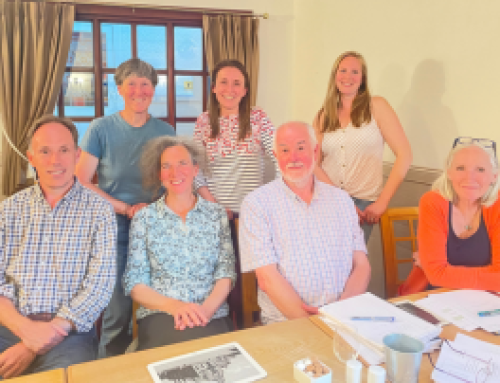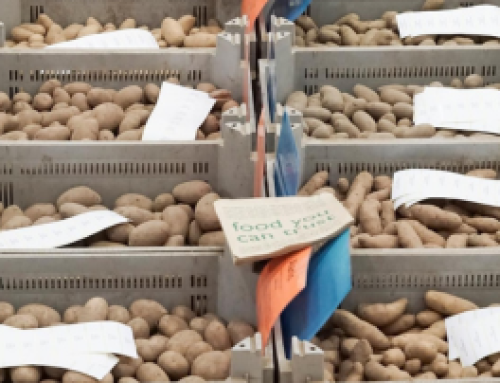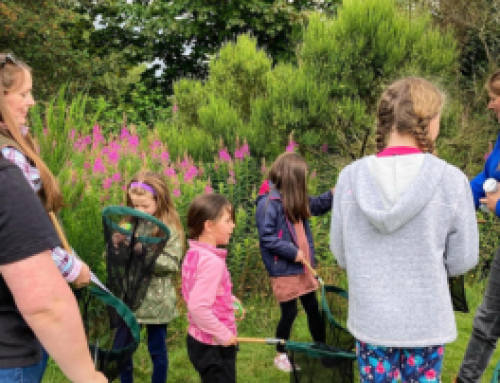Heating our new Hub during an Energy Crisis
As you may have spotted, Sustainable Kirrie have recently taken up residence in 2 St. Malcolm’s Wynd, Kirriemuir (fondly known as ‘George Rennie’s old shop’ by Kirrie locals!). The single, large room serves to be our meeting place, our information point, our hub.
One of the barriers to us getting it up and running has been the lack of any heating, along with it having three huge, single-glazed windows, and a couple of draughty doors. So we reached out to The HEAT Project in Blairgowrie for advice on how best we could insulate and heat the hub in the most economical, efficient, and green way.
The HEAT Project & Home Energy Scotland
The Heat Project is a community based initiative and part of Blairgowrie and Rattray Development Trust. They provide households with free, clear, impartial home energy advice. Their objective is to help homes reduce their energy consumption, energy bills, improve household energy standards, increase house insulation and encourage alternative heating systems.
Usually, The HEAT Project are only able to support households and businesses in Perth & Kinross, but as a fellow community group working on environmental action, they were able to make an exception! We welcomed Nathan along to the hub who asked us some questions about the property and our intended usage, and carried out a simple survey. We then received a detailed summary of the findings, along with recommendations on how we can best heat the hub (and ourselves!).
For the rest of Scotland (including Angus!) a similar service is provided by Home Energy Scotland and Business Energy Scotland. Read more about what they can offer you at the end of this article.
Practical and Affordable Solutions
Below are some of the recommendations Nathan provided us with, which might be useful for your own home or workplace too! Let us know if you implement any of them by emailing us!
- Monitor the temperature – Source a room temperature and humidity thermometer to check you aren’t overheating the room. The ideal temperature of a building for comfort and health is 180C. The ideal humidity level for health and comfort is between 30-50%.
- Monitor your energy usage – Source a plug energy monitor and work out how much energy each appliance is using and how much that will cost!
- Minimise appliances or reduce size to maximise energy efficiency – Consider replacing the fridge with a mini-fridge, as it’s only used to store milk and the occasional lunch! The cost of this would need to be weighed up against the saving, to work out how long it would take to break-even.
- Switch to energy efficient lighting – Replace the current fluorescent tube lights with low-energy LED lights. As above, the cost of this needs weighed up against the saving, which Nathan kindly worked out for us. Based on his assessment it would only take us 1.3 years to break-even on the cost of new LED lights versus the cost saving on energy bills.
- Choose the right type of heater for the space and your needs – Source an Electric Convector Heater to be used alongside an Electric Fan Heater. Use this combination of heaters to bring the room temperature to 180C. If people would like to be cosier, then extra measures to keep their bodies warm, rather than the whole room, can be used, such as hot water bottles, blankets or extra layers of clothing. Visit the Centre for Sustainable Energy website for more information on different types of portable heaters.
- Draught Proofing – Keep doors closed on rooms that aren’t in use. Plug any draughty gaps with sticky foam or rubber draught proofing strips. Cover any keyholes with a keyhole cover. For more information on draught proofing, visit the Energy Saving Trust.
- Secondary Glazing – For single glazed windows, look into secondary glazing. This is a single plastic sheet which is fitted to the windows internally and can be removed if necessary. It can be almost as effective as double glazing.
- Insulation – Consider using curtains to insulate around windows. Insulate under floors with mineral wool or spray foam.
For energy efficiency advice, contact Energy Saving Session via their website, or phone 0808 808 2282.
About Home Energy Scotland
Home Energy Scotland helps people in Scotland create warmer homes, reduce their energy bills, and lower their carbon footprint. They are funded by the Scottish Government and managed by Energy Saving Trust.
They work with people and organisations to help tackle fuel poverty and the climate emergency – both key priorities for Scottish Government (and humans in general).
They do this through a network of regional advice centres covering all of Scotland, which offer local knowledge and expert advice on:
- saving energy and keeping warm at home
- funding options including Scottish Government grants and interest free loans
- installing renewable energy at home
- greener travel including electric vehicles and ebikes
- cutting water waste.
To get in touch use their online form, call them free on 0808 808 2282 or message them on social media.





